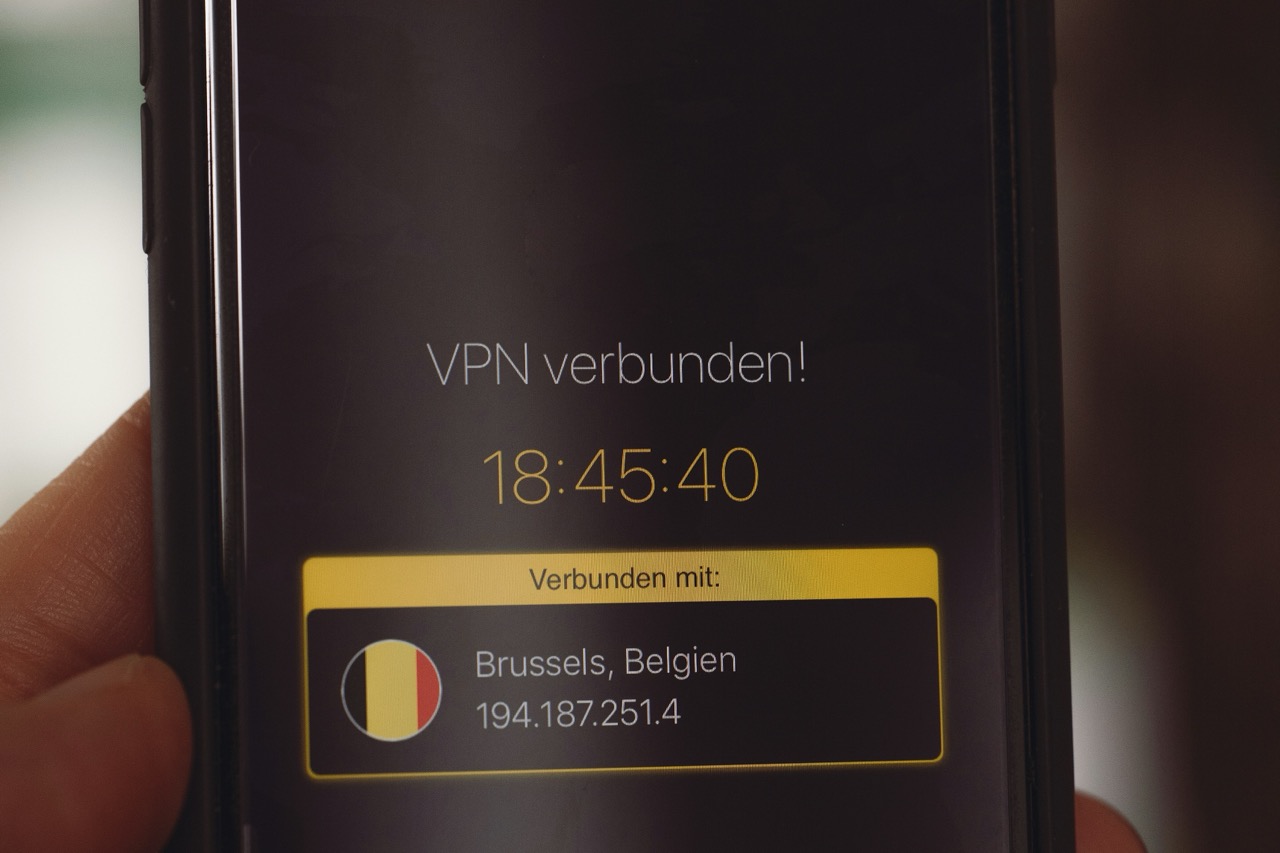In an era where data extraction, online research, and automated interactions are increasingly important, proxies serve as a vital tool in the realm of web browsing automation. By allowing users to route their internet traffic through different servers, proxies can significantly enhance the efficiency and functionality of automated scripts. This article delves into the intricacies of using proxies to facilitate seamless web browsing automation, covering foundational concepts, setup procedures, implementation strategies, and best practices for maintaining efficiency.
Understanding Proxies: The Backbone of Automated Browsing
Proxies act as intermediaries between a user’s device and the internet, managing requests and responses between the two. When a user makes a request to access a web page, the proxy server receives the request, processes it, and then forwards it to the target web server. This mechanism helps conceal the user’s IP address, thus providing anonymity and enabling access to geo-restricted content. In a web automation context, proxies are critical for managing multiple sessions, ensuring that web scraping or automated browsing tasks appear as natural user behavior.
There are various types of proxies, including HTTP, HTTPS, and SOCKS, each serving different use cases. HTTP proxies are primarily used for web traffic, while HTTPS proxies provide a secure connection, encrypting data transfers. SOCKS proxies operate at a lower level and can handle any type of traffic, making them suitable for a range of applications. Understanding these distinctions is crucial when designing automated systems that require different functionalities, as the choice of proxy can significantly impact the performance and reliability of your scripts.
Furthermore, the use of rotating proxies is a common strategy in web automation. Rotating proxies allow users to dynamically switch IP addresses at predetermined intervals, which helps mitigate the risk of getting blocked by target websites. This is particularly useful for tasks like web scraping, where repeated requests from the same IP may trigger security measures. By utilizing proxies effectively, users can enhance their automation processes, enabling more extensive and efficient data gathering while minimizing the risk of disruption.
Setting Up Your Proxy Environment for Seamless Automation
To begin utilizing proxies in your web automation workflows, setting up a robust proxy environment is essential. This process typically involves selecting a reliable proxy provider that meets your specific needs, whether that be for speed, geographical diversity, or anonymity. Many providers offer packages that vary in terms of bandwidth, the number of IP addresses, and types of proxies available. Assessing these features based on your project’s scale and requirements will ensure a smooth integration.
Once you’ve selected a proxy provider, the next step is to configure your automation environment. This often involves installing libraries and tools that facilitate proxy integration within your scripting language of choice (e.g., Python, JavaScript). For instance, in Python, libraries like requests or Scrapy provide built-in support for proxies, allowing you to specify proxy parameters easily. Ensure that your proxy configurations are correctly implemented, including details such as proxy type, IP address, port number, and authentication credentials when required.
Finally, it’s crucial to test your proxy setup before launching any extensive automation tasks. Conducting preliminary tests can help identify potential connectivity issues or configuration errors. By running a few simple requests through your proxies to verify their functionality and response times, you can address any problems early on. This proactive approach will minimize downtime and enhance the reliability of your automated browsing efforts.
Implementing Proxies in Web Browsing Automation Scripts
With your proxy environment established, the next step is to implement proxies within your web browsing automation scripts. Start by integrating proxy specifications directly into your HTTP request functions. For example, if using Python’s requests library, you can pass a dictionary containing your proxy information to the proxies parameter. This straightforward implementation allows your automated script to route requests through the designated proxy seamlessly.
In addition to basic implementations, consider building more sophisticated logic in your scripts that can handle proxy rotation automatically. For instance, you could create a list of active proxies and implement logic that randomly selects a proxy for each request or rotates through the list at set intervals. This approach reduces the likelihood of getting IP banned by target websites, allowing for more persistent scraping efforts without interruption.
Moreover, incorporating error handling is essential when working with proxy servers. Requests may fail for various reasons, including network issues or proxy unavailability. Implement error-handling routines to log these incidents and automatically retry failed requests with a different proxy. This resilience in your scripts will ensure continuous operation and improve overall success rates in your automated web browsing tasks.
Best Practices for Managing Proxies and Ensuring Efficiency
When managing proxies for web browsing automation, adhering to best practices is vital for ensuring optimal performance. One key practice is to monitor your proxies’ health regularly. Many proxy providers offer tools and APIs to check proxy status, latency, and geographical location. By maintaining oversight of your proxy pool, you can quickly identify and replace underperforming proxies, thereby enhancing the efficiency and reliability of your scripts.
Another important aspect is to respect the target website’s terms of service and scraping policies. Implementing rate limiting and staggered requests can help you avoid overwhelming the target server, which may lead to blocks or bans. By spacing out requests and employing random delays, you can mimic human browsing behavior more effectively, reducing the chances of detection and unwanted consequences.
Lastly, consider implementing a proxy management tool or service that provides advanced features like automatic rotation, real-time monitoring, and fallback strategies. These tools can save time and effort while ensuring that your automation processes remain efficient and effective. By leveraging such technologies, you can focus on the primary tasks of your automation projects while maintaining a healthy and responsive proxy environment.
Using proxies for automated web browsing is a powerful strategy that enhances data collection, web scraping, and online interactions. By understanding the role of proxies, setting up a reliable environment, implementing them within your automation scripts, and following best practices, you can optimize your processes for efficiency and effectiveness. As you navigate the complexities of web automation, leveraging proxies will empower you to achieve your goals while maintaining ethical standards and compliance with web policies.










